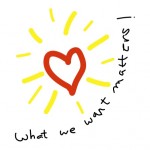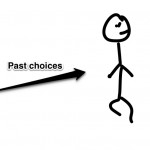 Most of us really don’t really believe what we want matters. But it’s the first step in learning we are creators. We start by wanting something, which leads us to learn about the creating process itself. We begin to trust that we can have what we want. And, it’s only then, that we can hear the invitation to go deeper: to listen to the silence, to step off the edge of what we thought was possible. In Alice of Wonderland’s terms, we fall down the rabbit hole– running into paradoxes, living bigger questions, losing the world we thought we knew so well.
Most of us really don’t really believe what we want matters. But it’s the first step in learning we are creators. We start by wanting something, which leads us to learn about the creating process itself. We begin to trust that we can have what we want. And, it’s only then, that we can hear the invitation to go deeper: to listen to the silence, to step off the edge of what we thought was possible. In Alice of Wonderland’s terms, we fall down the rabbit hole– running into paradoxes, living bigger questions, losing the world we thought we knew so well.





